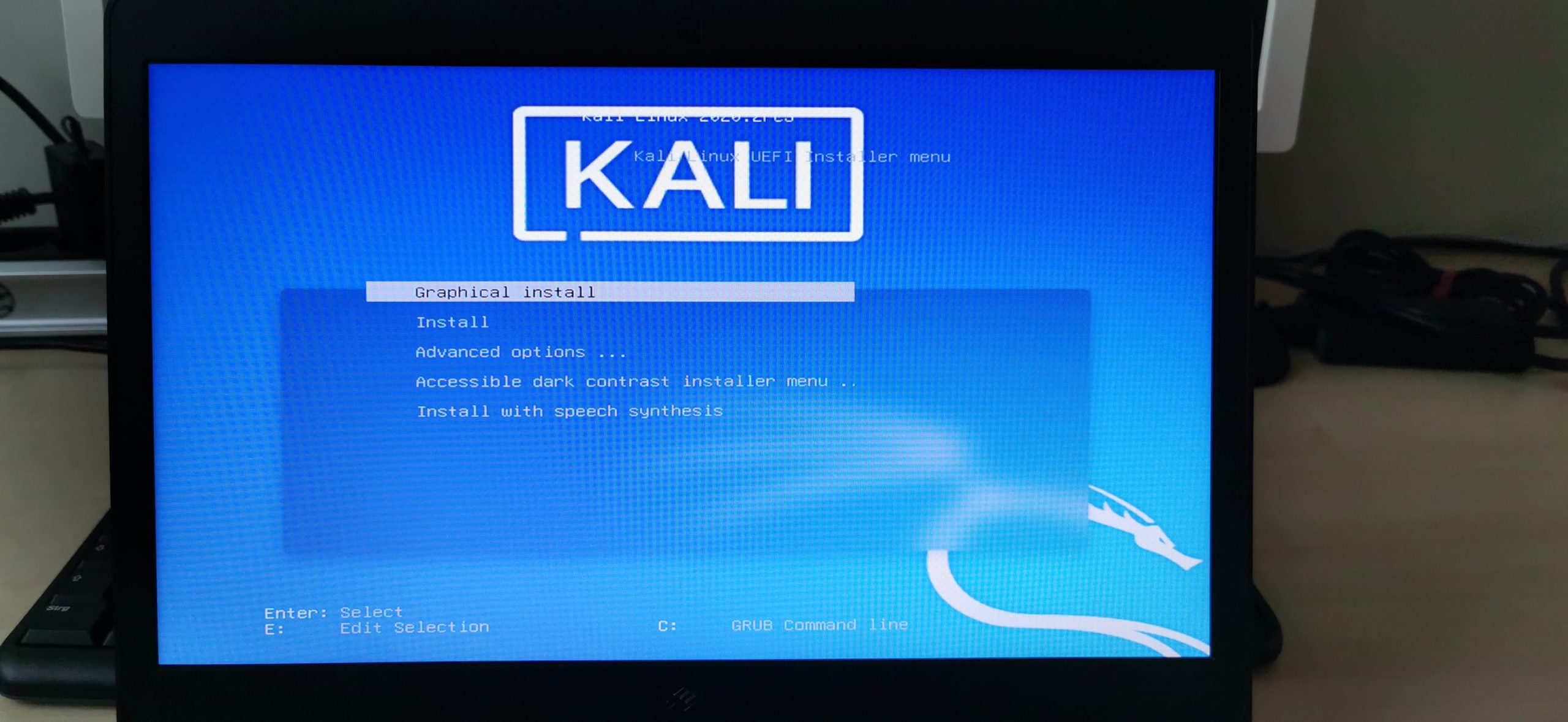



It will choose the empty space on your main disk to create a small boot partition for grub, a main partition and a swap partition. Use the defaults of the disk partitioning tool. The network interface install will probably fail. The Recovery HD should be moved automatically in both cases.Īnd configure the locale settings. If you don't have a CoreStorage stack on your Mac you may choose Has 250 GB and you need 40 GB free space to It's the last one listed in the output of LvUUID is the UUID of the Logical Volume. Since you probably have a CoreStorage partition after installing El Capitan you have to resize it. You will see a spinning globe animation while booting. Reboot to Internet Recovery Mode by holding Disable System Integrity Protection in Terminal with The thumb drive will be bootable without installing rEFInd. Sudo dd if=/Users/your_user_name/Downloads/ of=/dev/rdisk2 bs=1m My thumb drive had the disk identifier disk2. Then I dd'ed the kali iso image to a thumb drive:įirst get the disk identifier of the thumb drive and unmount it: But that's probably a second question.ġ0.11.1 after repartitioning the internal drive to 1 partition with a GUID partition table.Īfter configuring El Capitan I downloaded The install was successful, the big problem is the Otherwise, it's the same wherever you get it from.I set up a MacBook Air 2013 from scratch and tried to installĢ.0. UTM is free and open-source, but the paid version in the Mac App Store provides automatic updates and helps support development. Under its skin is QEMU, a very old but still very good tool. UTM is another virtualization tool worth looking at, and it offers something the others currently do not. The icing on the cake is the Coherence mode, allowing you to run Linux apps outside the main Parallels window, almost as if they were native Apple Silicon Mac apps. Again, you'll be requiring Linux distros with ARM builds, but Parallels makes it super simple to download and install them. You're looking at $100 for a perpetual license, but it works really well and it's easy to use. Alternatively, using the Virtualization Framework are more consumer-friendly tools from the likes of Parallels, UTM, and VMWare.Īlternatively, you can go for Parallels, but this one will cost you, and it isn't cheap.

But some of the biggest names are available for ARM, including Ubuntu and Debian. The caveat remains that you have to use an ARM-friendly Linux distribution (or "distro"), so that could rule out your favorite.


 0 kommentar(er)
0 kommentar(er)
